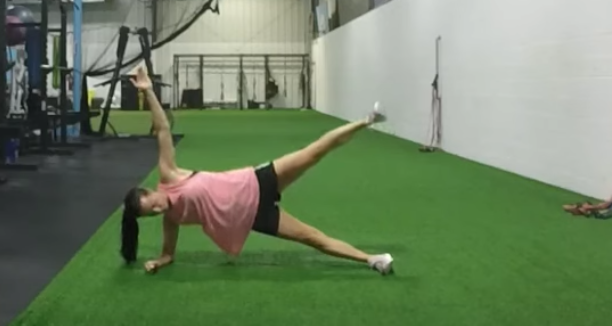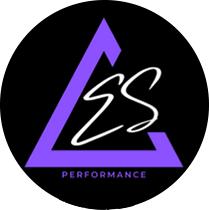
14 Nov A Sample Core Workout for Youth Soccer Players
I’ve had a bevy of followers reach out in the past few weeks asking a few of the same questions:
When the heck will they open a Game of Thrones amusement park?
Or how do you tackle people hovering over the Starbucks counter?
Okay, these were up there. Jokes aside, you ready for the most common questions I get?
How should soccer players train their core, and how do you write a proper core training program?
If you’ve followed me for a length of time, you know my first answer will be do your freaking pull-ups.
And I’m not talking CrossFit, swinging pull-ups.
I’m talking dead-hang-body-straight-glutes-squeezed-make-a-face-like-you-are-going-to-take-over-the-world-and-cringe-through-a-photo-shoot-just-to-get-a-good-picture pull-ups.
;-O

There’s nothing more demanding on the entirety of the core, from the stabilization of the trunk and the time under tension of the glutes, than pull-ups. Done correctly, they prove to be one of the best movements to help soccer players build the core stability needed to play the game.
To change direction efficiently with a stable trunk.
To run at maximal speed with the hip flexors and extensors doing their job, without stressing the lumbar spine.
To body off defenders and absorb force without getting hurt.
To walk onto the pitch with swag and confidence.
All of these actions in the game require the core to be a force absorber so players can maintain their balance and posture and let the rest of their limbs move efficiently.
And the research is there. Core stability plays a pivotal role in ACL injury reduction.
Lower extremity injuries can be caused by a lack of neuromuscular control of the trunk.
Core stability training helps with improving speed and agility in soccer players.
Of course, core training comes in many forms – from doing a heavy deadlift, to performing strict pull-ups, to utilizing accessory movements to help improve your bigger movements.
And that’s what this article is about: the accessory movements that are an excellent start for helping soccer players develop a strong foundation.
Let’s dive into a sample program of movements you can do in addition to your deadlifts, squats, lunges, pull-ups and push-ups.
Plank Walk Out
Perform 2 sets 8-10 reps.
Pallof Raise Hold
Perform 2 sets, 15-30 seconds each side.
Dead Bug Cross Crawl Holds
Perform 2 sets, 8-10 reach side, pressing your opposite forearm against opposite leg as hard as you can each rep.
Axial Crawl
Perform 2-3 sets, 5 clockwise, 5 counterclockwise
Plank Plate Drags
Perform 2-3 sets, 30 seconds.
Side Plank Leg Raise
Perform 2 sets, 8-10 each side.
Seated Med Ball Slams
Perform 2 sets 5 each side.
TRX Heel Hold
Perform 2-3 sets, 15-30 seconds.
Side Plank Clam
Perform 2 sets, 10-15 each side.
Start with these first. Please note that they include anterior core anti-flexion and extension, as well as activation of the hips (abductors, adductors, and glutes) so that soccer players have a strong and sturdy trunk to handle force. After all, the trunk makes up more than just the six-pack abs, so train all of these muscle groups.
Oh, and sit-ups aren’t going to help with ACL reduction and performance.
*exits stage right*
For more specific programming and how to incorporate these into a yearly calendar, Work With Me Online and get Total Youth Soccer Fitness.


No Comments